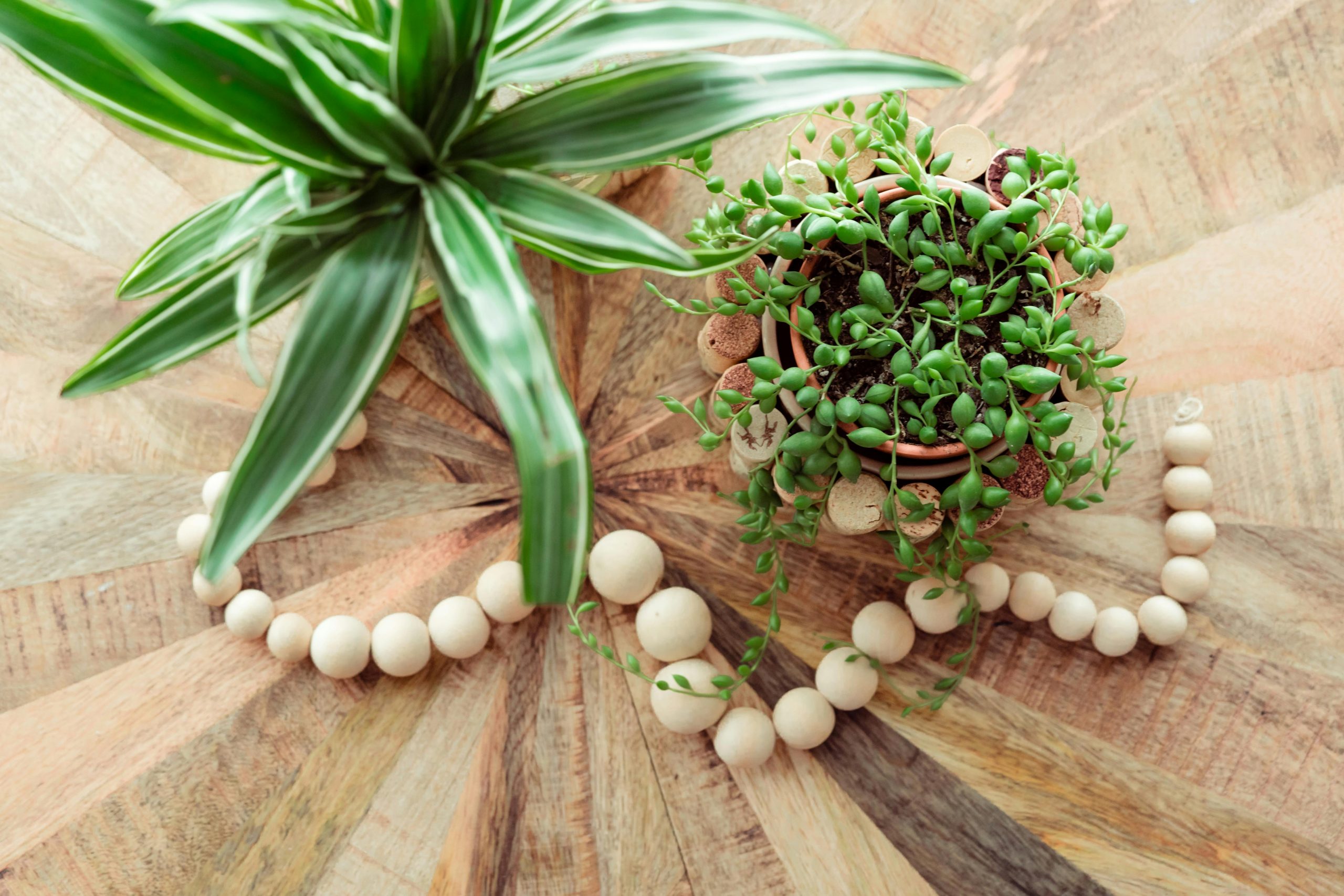Know Everything About Yucca Plant
by Mark Hunt

A well-known succulent,?the yucca has become a more popular home and garden plant due to its eye-catching beauty, easy care requirements, and dependability, coupled with its ability to thrive. With its sword-like foliage and distinctive growth habit, it is a striking addition to any location. This resilient plant adds another level of beauty wherever you may grow it, whether indoors or outdoors. Learning about its traits, advantages, and how to care for it can enable anyone to appreciate the plant pet’s potential fully.
Origin and Characteristics
The yucca (Yucca spp.) houseplant is a plant. It is from the family of Asparagaceae and inhabits dry environments and semi-arid lands. A hardy plant that is?able to grow in hot, dry, dark, sandy soil. The plant has thick leaves, grows in a rosette style and forms clumps, which often?resemble a natural sculpture. When these plants bloom, they will produce towering spikes covered with flowers, some of which are white or cream in colour.
More than forty species of yucca exist, differing only slightly in?size, shape, and colour of leaves. The most common types?are Yucca elephantipes, Yucca filamentosa, and Yucca gloriosa. These types are frequently selected due to their versatility and aesthetic?appeal.
However, there are many other reasons why the yucca plant can be a perfect solution for you.
Therein lies the advantage of selecting a yucca:?beauty coupled with functionality in our habitat. It is a very?common solution for a couple of key reasons:
- Low Maintenance: Once it takes hold, it requires very little attention, making it ideal for the busy gardener.
- Air Purification: The plant purifies indoor air by eliminating toxins, resulting in fresher air.
- Durable: It can last for?years with no degradation of its aesthetic value.
- Versatile: can?be used indoors in decorative pots or outdoors in garden beds, goes well in both a modern or traditional home interior
- It has a solid construction that tolerates a bit of abuse, but it works best with a little care.
How to Grow a Yucca Plant
The yucca plant is?easily grown and beginner-friendly. Keep the following key points?in mind:
- Soil: Need soil which?drains well. A mix with sand or even cacti is the best.
- Light:?The plant likes it bright, but it can also withstand several hours of full sun each day.
- Water: Overwatering is one of the most common mistakes. Watering should be allowed?to dry between.
- Climate: It develops very well from 18 °C to 27 °C, but extreme cold damages its leaves.
- Fertiliser: Once a month in?Spring and summer, fertilise with a diluted formula of the same ratio to promote growth.
- Tip for repotting: Make sure the new pot provides a drainage system. Do not let the plant sit in its runoff water, as its roots may rot.
Indoor Care Tips
If you?have a yucca plant that you’ll be keeping indoors, there are a few extra things you can do to help preserve its health:
- Positioning: Place it close to a bright window, but avoid direct sunlight.
- Humidity: It withstands arid indoor air, making it suitable for air-conditioned rooms.
- Maintenance: Wipe the leaves occasionally with a damp cloth to keep them shiny and?help with better light absorption.
- Pruning: Cut away?dead or overgrown branches or stems to encourage growth or maintain a shape.
Even though indoor plants take longer to grow than outdoor plants, they bring sublime beauty to gardens throughout the year.
Common Issues and Solutions
The yucca is indeed a hardy plant, but sometimes?yucca plants develop symptoms of stress. If you have brown tips on the leaves, it is usually due to over-watering or poor drainage. Discoloured leaves turning yellow may indicate poor light exposure. In rare instances, they may encounter mealybugs or spider mites, but a solution of mild soap or an insecticidal spray will effectively address the issue.
To avoid these problems, it is essential to regularly check the soil’s moisture content and ensure good ventilation around the plant. If they do sustain a small amount of damage, they quickly bounce back. Pests rarely target healthy plants.
Benefits Beyond Beauty
In addition to its aesthetic features,?there are practical advantages to having a yucca plant. Their roots are used in traditional natural remedies and soap production in some species. In several areas, fibres originating from its leaves are utilised for?manufacturing ropes, mats, and baskets. However, it is more than just beautiful, as its multifunctionality and environmental benefits cannot be overlooked.
Plants indoors also offer other advantages, such as the ability to focus and lower stress, creating a calm and more productive indoor climate.
Conclusion
The yucca is an excellent example?of nature adapting and being beautiful. It suits every kind of home or garden, with a low-maintenance?schedule, durable form, and decorative use. You won’t find a better choice, especially for newcomers and plant lovers, due to its ability to flourish with minimal care. The yucca also never goes out of style in its conventional growing locale, outdoors in full sun, or in a loft space adjacent to the wall with windows, which provides ample light for a standing live sculpture.
A well-known succulent,?the yucca has become a more popular home and garden plant due to its eye-catching beauty, easy care requirements, and dependability, coupled with its ability to thrive. With its sword-like foliage and distinctive growth habit, it is a striking addition to any location. This resilient plant adds another level of beauty wherever you…